ICM - Intentional Camera Movement
There are many ways to enhance a photograph, whether it is in the field or during post processing. Although I feel like I’m primarily a documentary style photographer (meaning I like to have my photos look like the scene did when I took the photo), there are times when I like to play with some creative processes in my landscape or still life wok. One of those is ICM, or intentional camera movement.
This is when the photographer moves the camera while taking the photo. Intentionally. This is NOT the ‘camera shake’ that reduces the clarity of the image that we hate to see in our images. But, by slowing down the shutter speed and moving the camera while depressing the shutter, we can achieve a beautiful fine art effect.
Here are four ways to implement Intentional Camera Movement.
Vertical - Select a subject with strong vertical lines. Adjust to a slow shutter speed. Move the camera up or down while depressing the shutter.
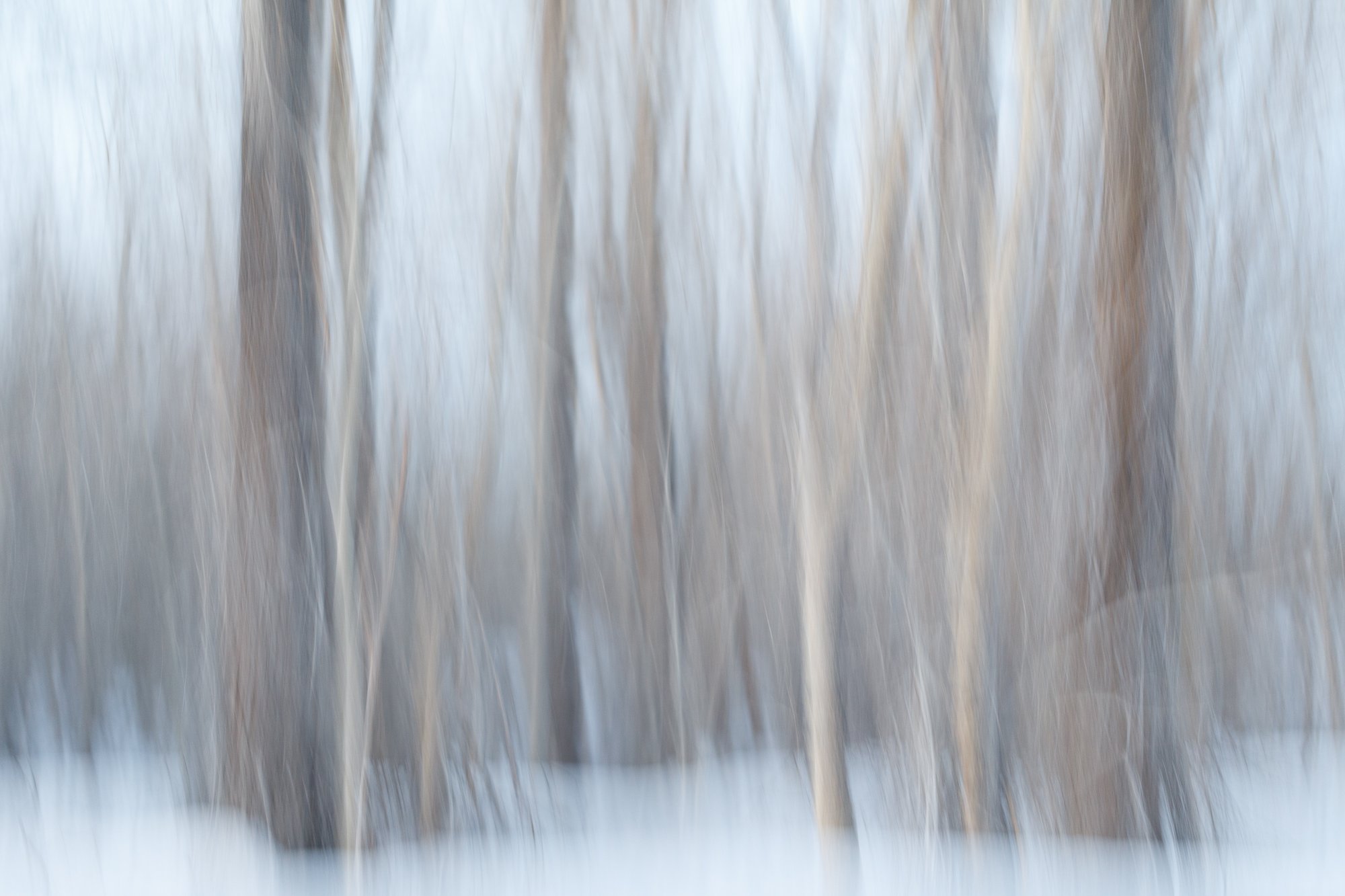
Horizontal - Select a subject with strong horizontal lines. Adjust to a slow shutter speed. Move the camera from one side to the other while depressing the shutter.
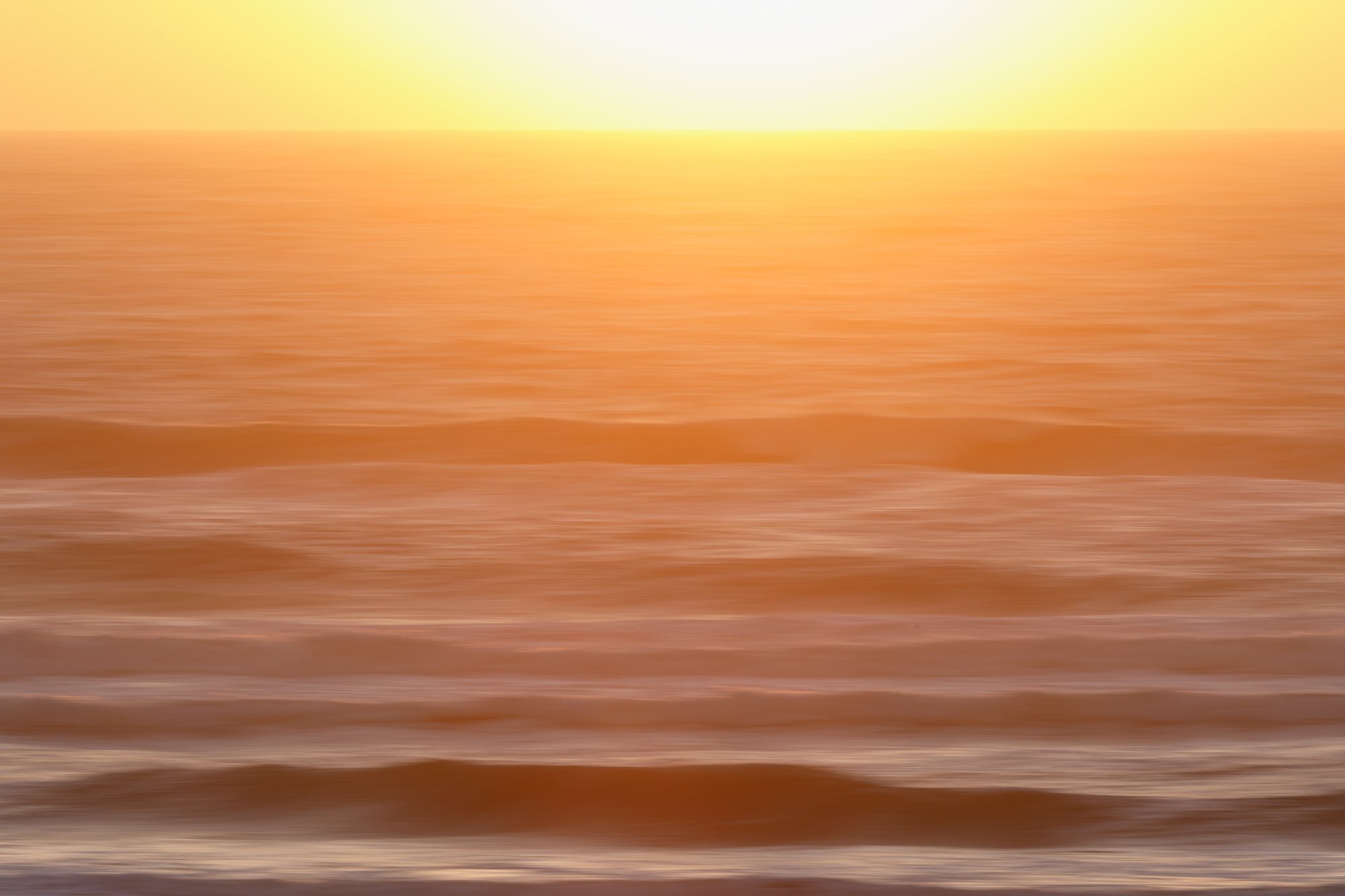
Zoom - Using a zoom lens, set a slow shutter. Begin at the widest setting of the lens, and zoom it to the longest setting while depressing the shutter.
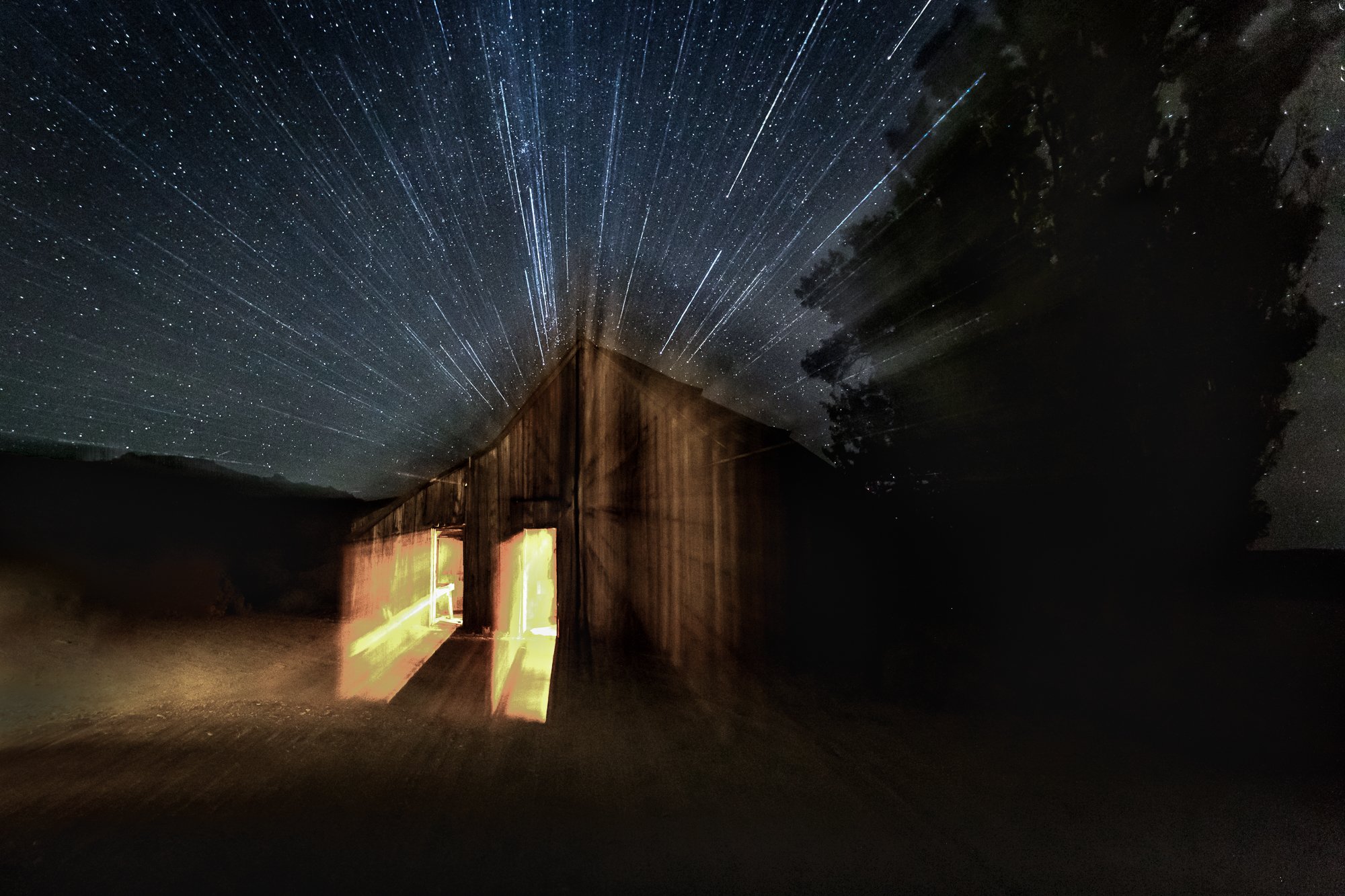
Twist - Again, using a slow shutter speed, depress the shutter while twisting or turning the entire camera.

To get a better idea of these ICM techniques, you can watch my YouTube video where I give a little more detailed information about this creative method of adding to your fine art images.
video explaining the creative photography technique of intentional camera movement
Remember - Just Go Shoot!
““Photography for me is not looking, it’s feeling. If you can’t feel what you’re looking at, then you’re never going to get others to feel anything when they look at your pictures.””
Can’t find what you’re looking for? Use the Search option below.
July came and went in a whirlwind, but not without leaving behind quiet stories, unexpected beauty, and fleeting moments that deserved to be paused.
Nestled in the rolling hills above Monterey Bay, the UC Santa Cruz Arboretum & Botanic Garden is a living tapestry of global biodiversity. Spread over 135 acres on the University of California, Santa Cruz campus, this unique garden serves as both a sanctuary for rare and endangered plants and a haven for visitors seeking beauty, knowledge, and peace
Utah is home to some of the most striking natural wonders in the world, and two of the most photographed are Mesa Arch in Canyonlands National Park and Delicate Arch in Arches National Park.
June 2025 came and went in a whirlwind, but not without leaving behind quiet stories, unexpected beauty, and fleeting moments that deserved to be paused.
The diverse landscape of California cannot be matched! When there is such surreal beauty in the Eastern Sierra landscape, the cameras have to come out!
As I sift through the images captured in May, I can appreciate all that the month held for me including trips to Utah and (just-for-fun-non-photography) Tennessee, a bit of macro, mentoring sessions, and a commercial shoot.
Arches National Park is renowned for its stunning red rock formations, sculpted over millions of years by wind and erosion. It’s a paradise for hikers, photographers, and anyone who loves dramatic landscapes.
Starry, starry nights and oftentimes mornings, my Utah trip included plenty of astrophotography. What better place than the very dark skies in the area of Moab, Utah.
Back to Utah! Nestled in the heart of Utah, Dead Horse Point State Park is a breathtaking destination that offers stunning vistas, exhilarating outdoor activities, and a rich history.
Nestled along the American River Parkway in Carmichael, California, the Effie Yeaw Nature Center offers a sanctuary for both wildlife enthusiasts and photographers. With its diverse habitats and abundant wildlife, it's a prime location for capturing nature's beauty through the lens.
On my recent trip to Canyonlands, we experienced an incredible sunrise and serenity in unexpected corners of the park. Here's what I learned: Canyonlands is full of magic beyond the Instagram-famous spots.
After leaving Capitol Reef NP, I headed to Moab for a photography workshop presented by Nate Leubbe and Autumn Schrock. After our Meet & Greet, we headed out to the La Sal Mountains Overlook.
A few years ago, I set a goal for myself to visit as many of our National Parks as possible. A pretty loose goal, I know. But, the practical side of me knows that I will probably never visit some of the more remote of our National Parks.
April came and went in a blink, but not without leaving behind quiet stories, unexpected beauty, and fleeting moments that deserved to be paused. As I sift through the images captured in April, I can appreciate all that it held for me including…
It’s taken awhile to edit a few photos from the Waterfalls & More Photography Workshop held in April. Fortunately, the waterfalls were bursting!
Vintage spoons and mustard seed come together to create visually captivating still life compositions that evoke a sense of nostalgia and artistic charm. If you’ve followed my photography work for awhile, you are probably familiar with my ‘spoons’ project.
In spring the wild mustard blossoms and seems to flourish here in Northern California. The agricultural landscape and the country roadsides are decorated with this beautiful, cheery plant.
When I first started learning photography, in addition to photographing ALL THE THINGS, I was incredibly interested in macro photography. It intrigued me. The details and the blurry backgrounds seemed beyond reach. Because of this allure, a macro lens was the first lens I purchased (after the kit lens).
During March it was definitely more difficult to keep up my daily shooting/editing practice, but I’m very close! Spring continues to make her entrance and the days are beginning to get warm in comparison to just a month or two ago.
These words are running through my head right now: To everything there is a season. Spring 2025 begins as winter officially ends. Time marches on.
Foxes are fascinating and elusive creatures. So when a friend said she knew the location of some foxes and suggested we go photograph them, I was all in!
When I learned that the grebes were ‘rushing’, it wasn’t long before some friends and I had a plan to photograph them. Just a couple of hours away from where I live, there were foxes in the area to photograph as well.
After reviewing my 2024, I realized that I really only picked up my camera when I was traveling. So, I decided to commit loosely to a daily shooting practice.
Immerse yourself in the breathtaking beauty of nature as we explore cascading waterfalls, lush forests, and serene landscapes. This waterfalls and more photography workshop/retreat is perfect for photographers of all levels.
Immerse yourself in the breathtaking beauty of nature as we explore cascading waterfalls, lush forests, and serene landscapes. This waterfalls and more photography workshop/retreat is perfect for photographers of all levels.
If you’ve followed my work/blog for any time at all, you know that the National Parks are near and dear to me. National parks hold a special place in our collective consciousness, serving as sanctuaries of natural beauty and biodiversity.
Friends have been posting photos from a very snowy Maine. Beautiful! It prompted me to take a look back at my trip there a few years ago. Several friends and I were lured there for a still life photography workshop.
Winter is the season for the elephant seals to return to Point Reyes National Seashore and other locations along the California coast. This was the first winter for me to observe and photograph them.
In a world filled with colors, red often takes center stage. Its bold and dynamic nature makes it a popular choice for injecting energy and passion into images.
Join other advanced photographers who are recognized for their technical and creative work. Membership perks include membership to Click Community, over 1000 tutorials, photographer’s directory listing, subscription to Click Magazine, contribute to the Daily Project, bonus entry to VOICE, and so much more! To learn more, go to Click Pro HERE. To apply, use the link above.
* * * * * * *
As a published, featured northern California fine art photographer living in the greater Sacramento area, I specialize in fine art landscape and still life photography. My style is authentic, fresh and personality-driven. I offer several educational opportunities including workshops and photography mentoring. You can learn about them by going to SERVICES. While currently living in rural northern California with my husband and a couple thousand walnut trees, I post regularly to Instagram.
Please CONTACT ME with any questions or to schedule your learning session.
Serving Yuba City/Marysville, East Nicolaus, Wheatland, Lincoln, Woodland, Davis, Roseville, Rocklin, and the greater Sacramento area.
(530) 633-7575
Join other advanced photographers who are recognized for their technical and creative work. Learn more HERE.

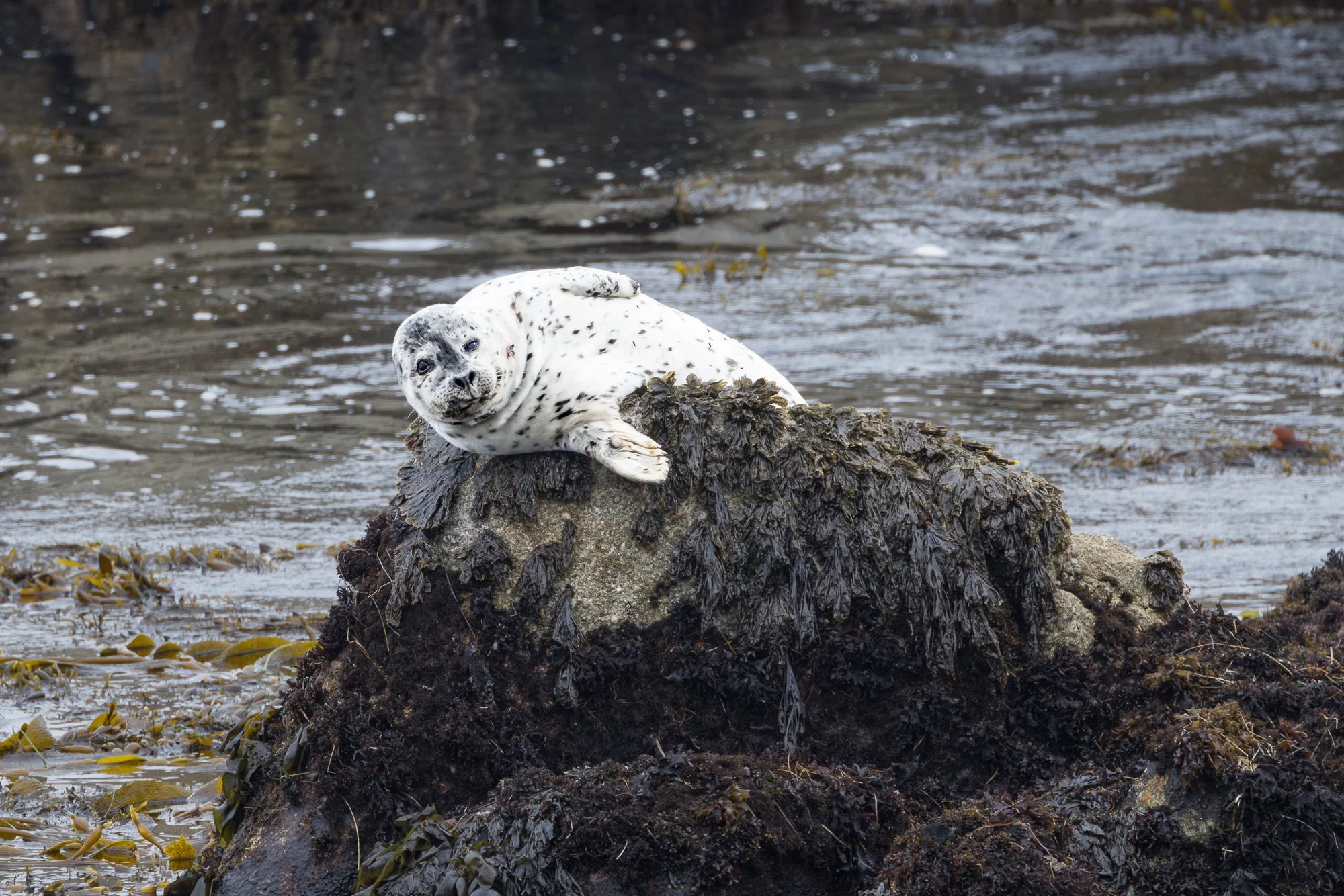
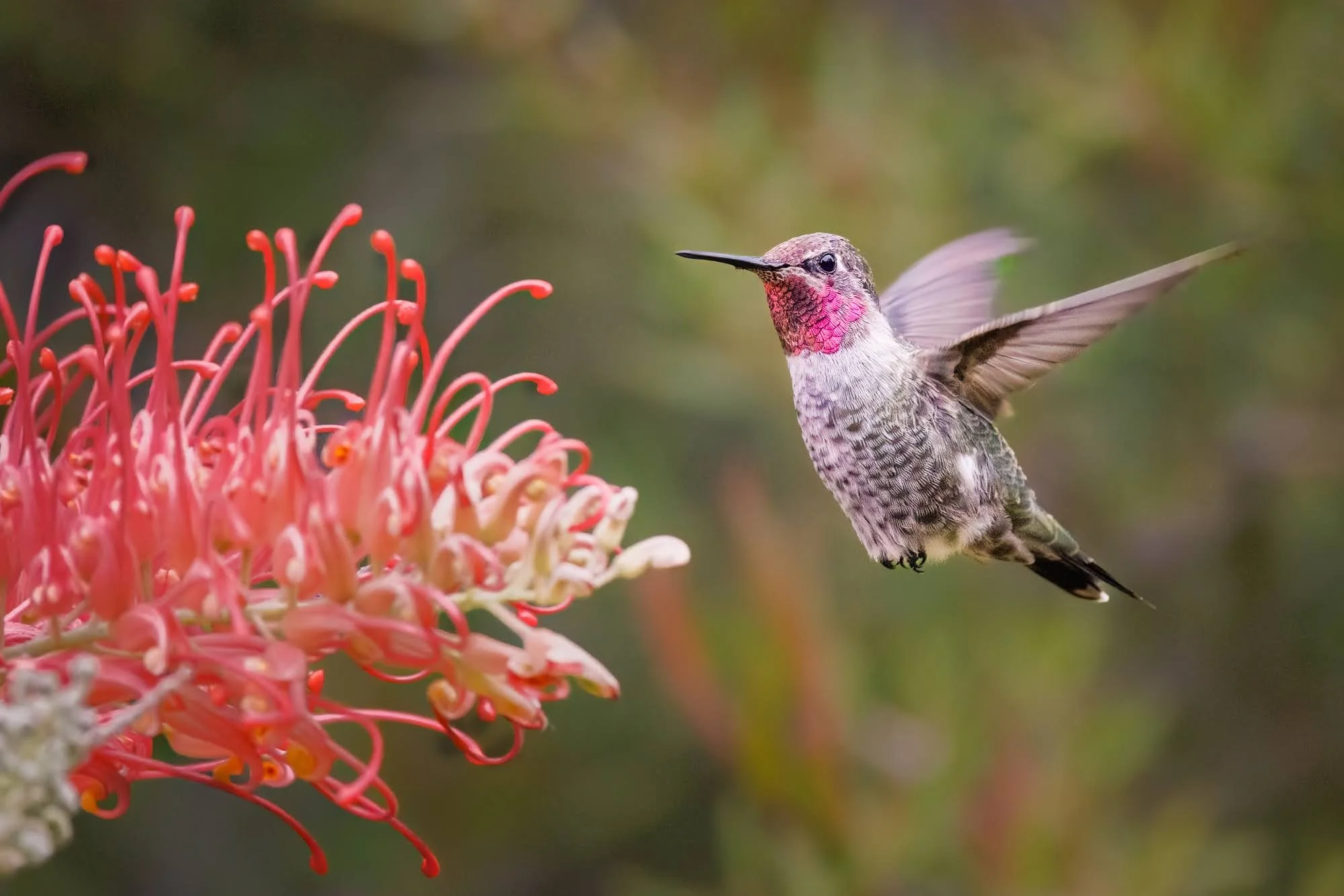

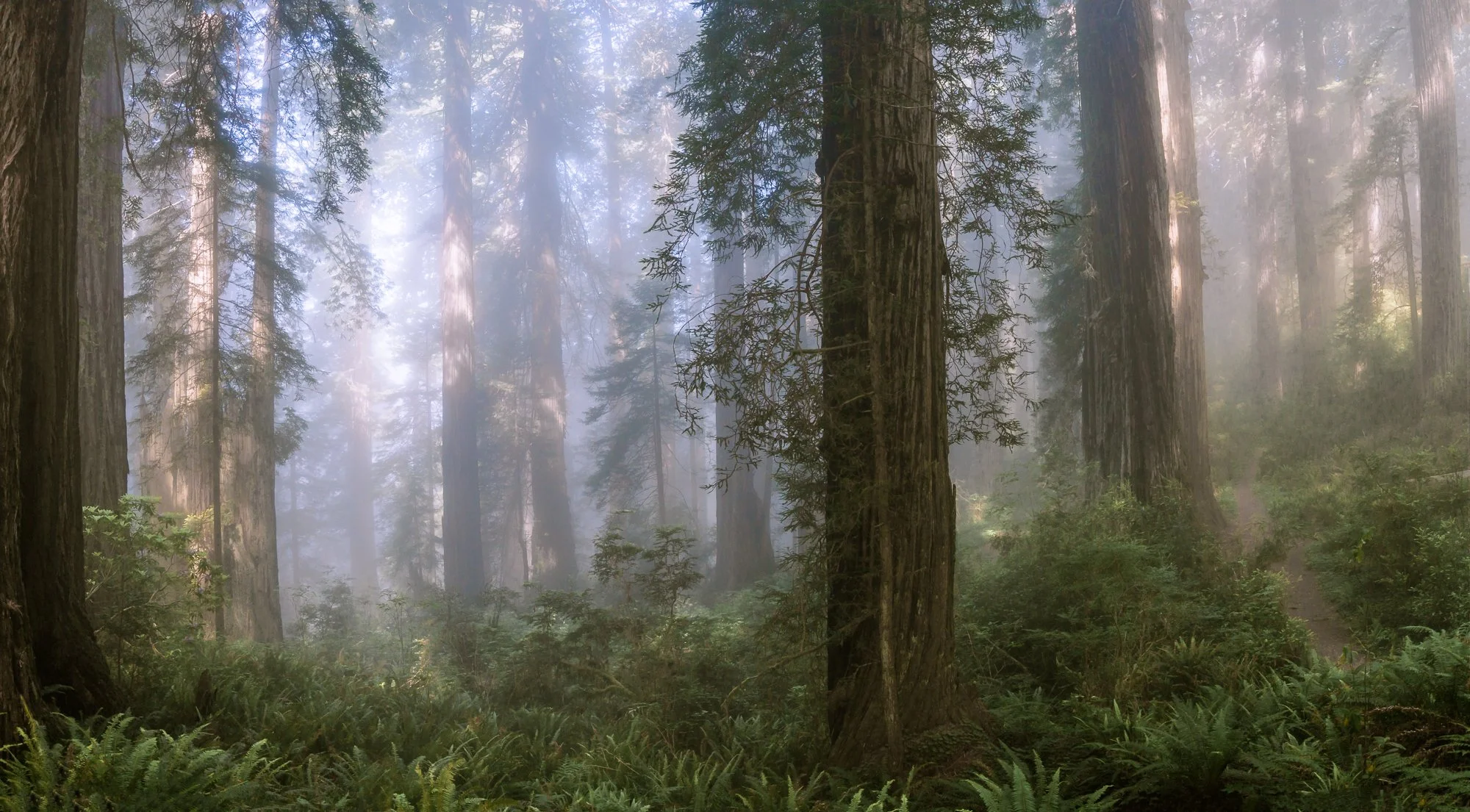
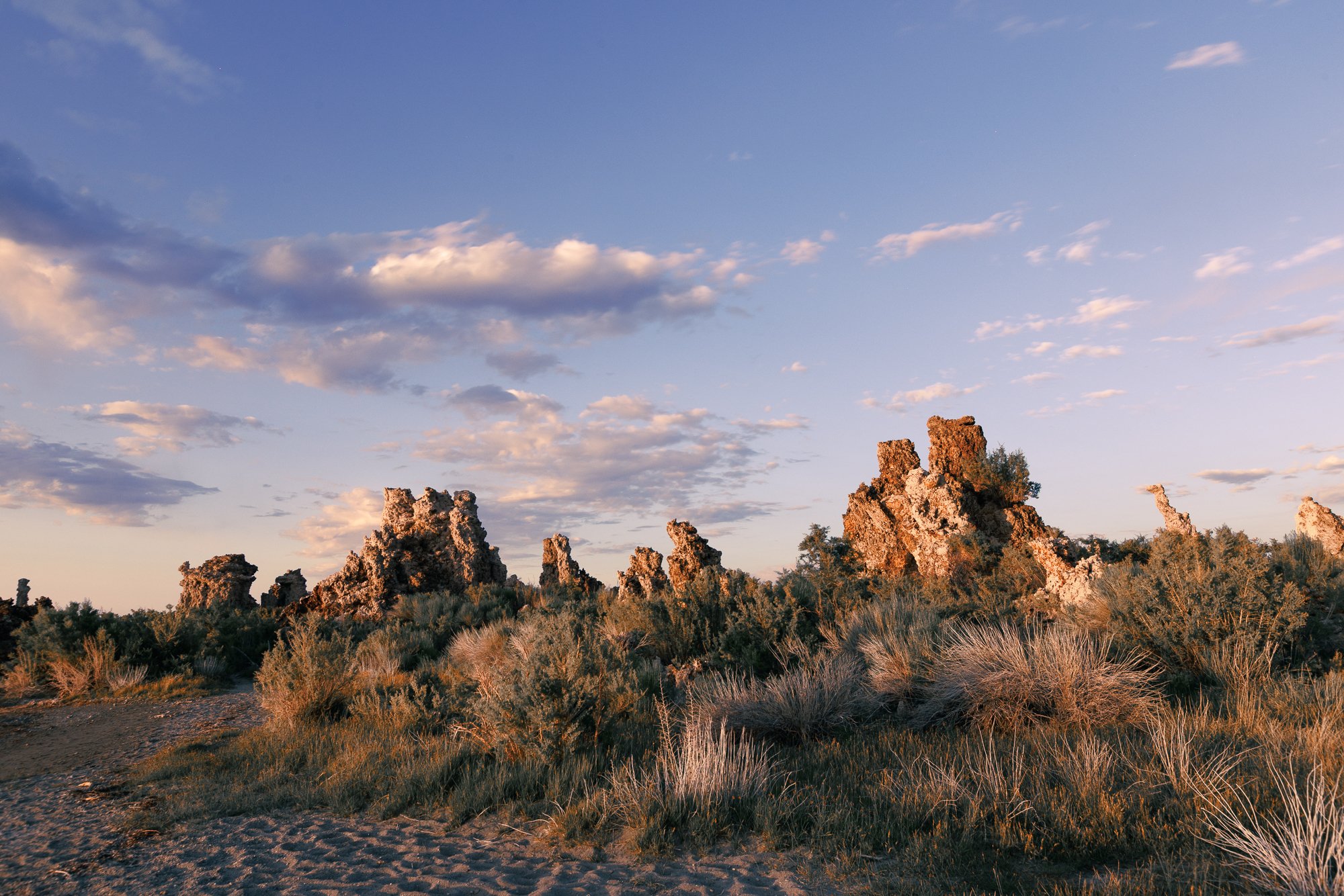












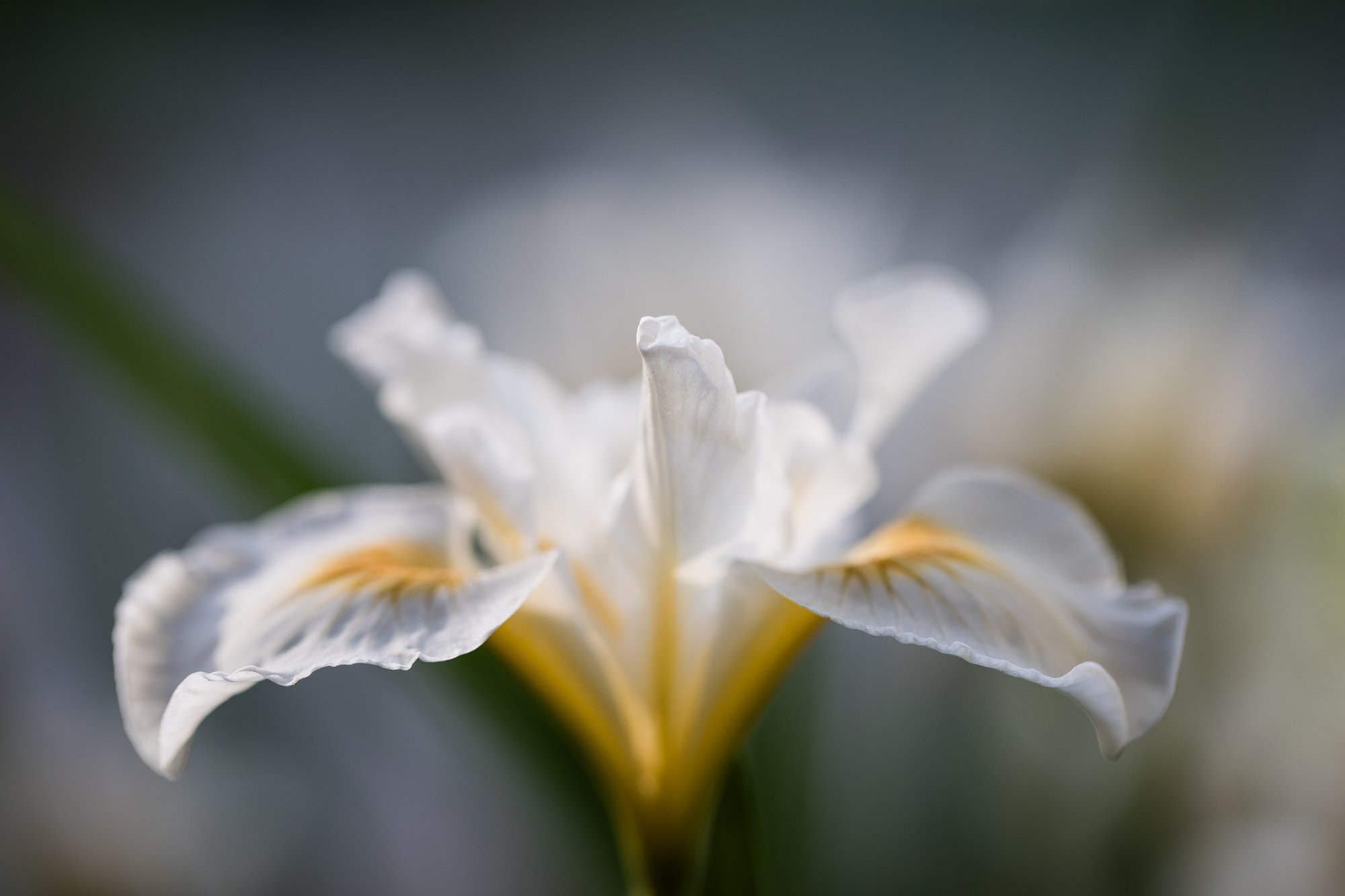


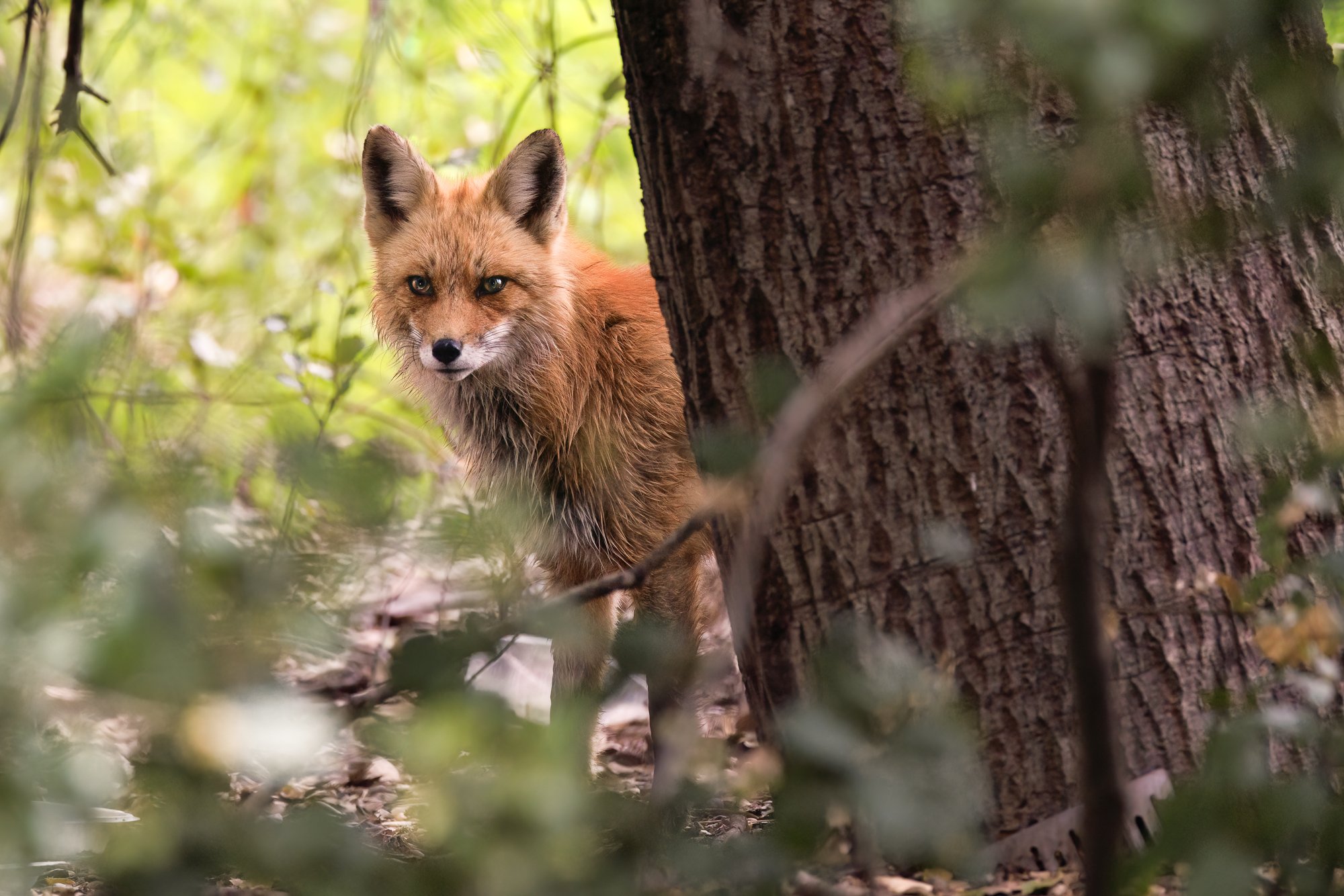



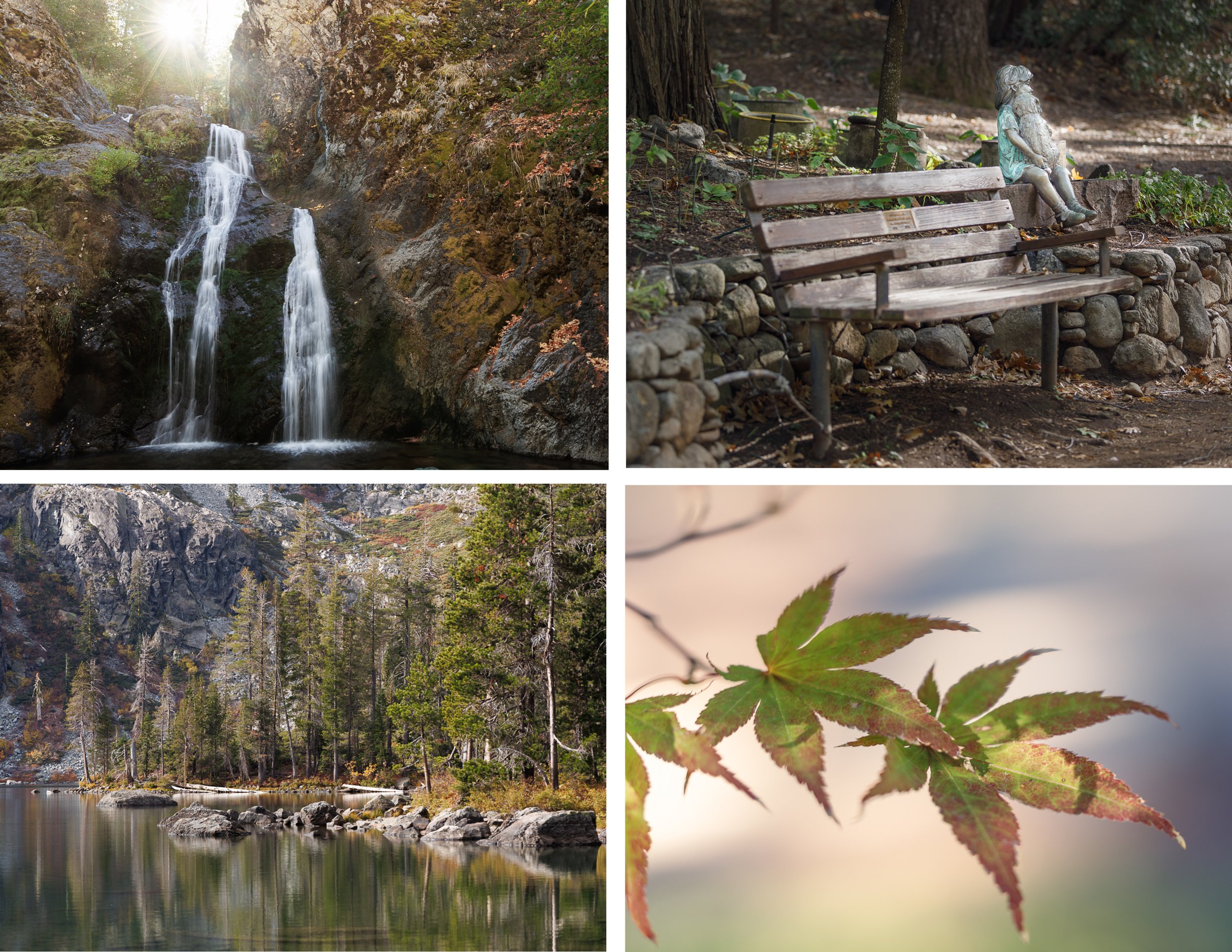



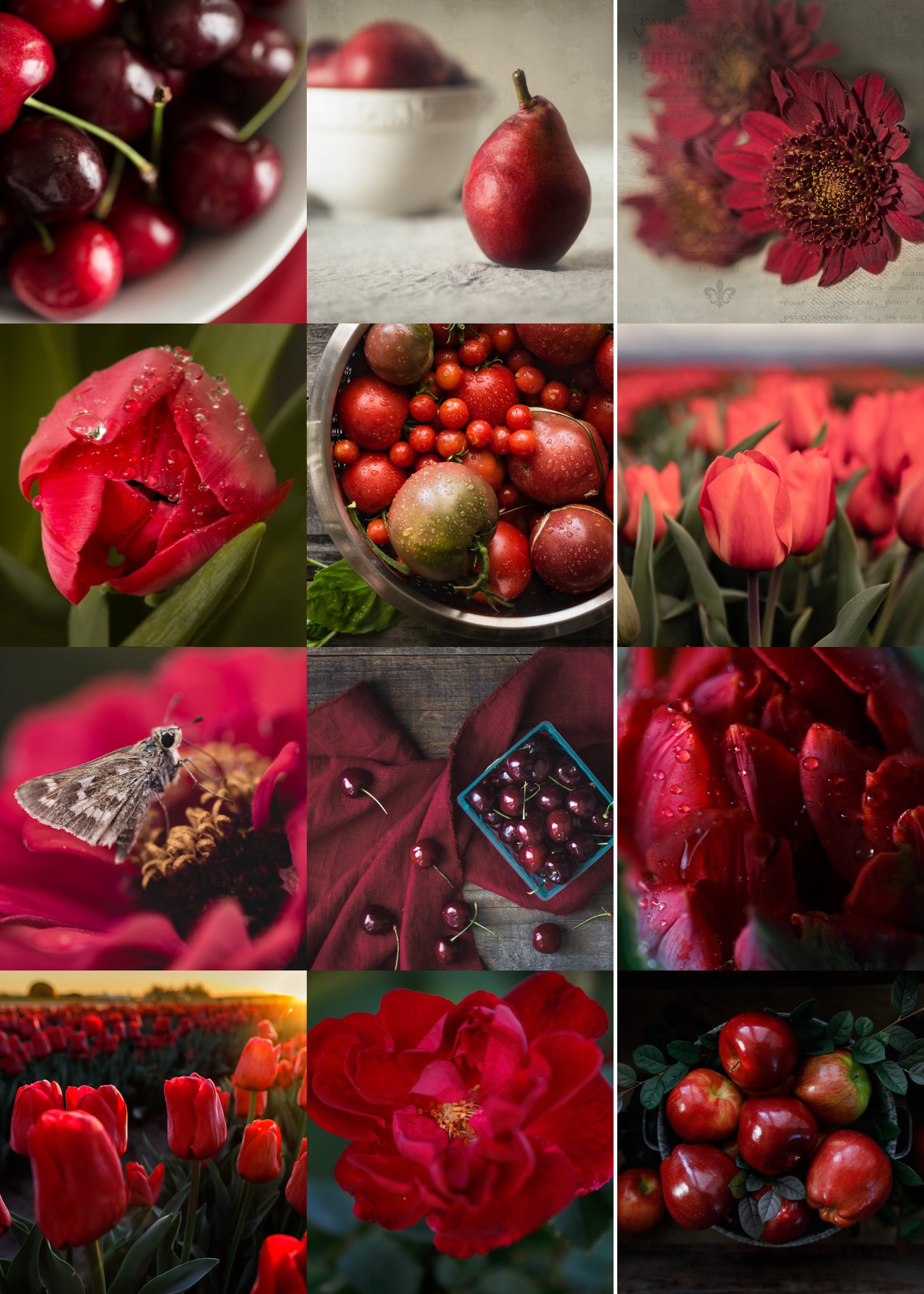





Photography has a way of anchoring time, giving us something to return to long after the feeling has passed. Working on a 365 Project helps capture those moments.